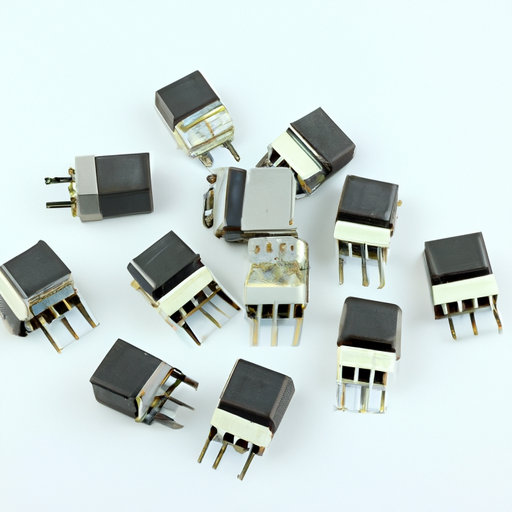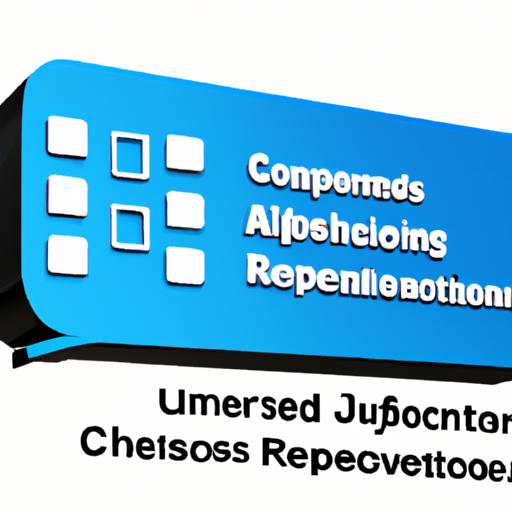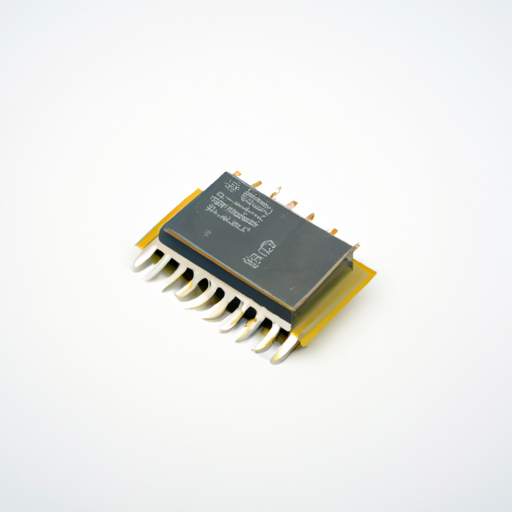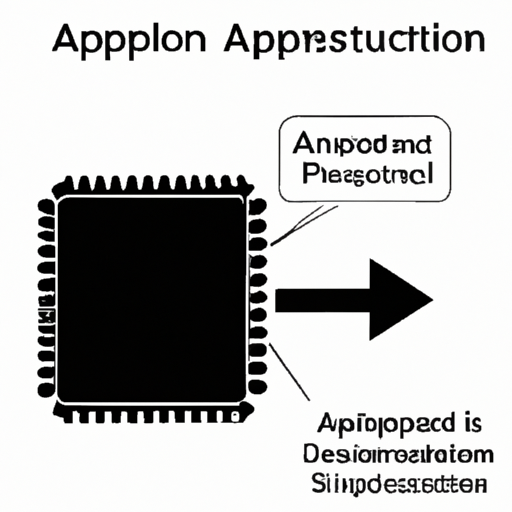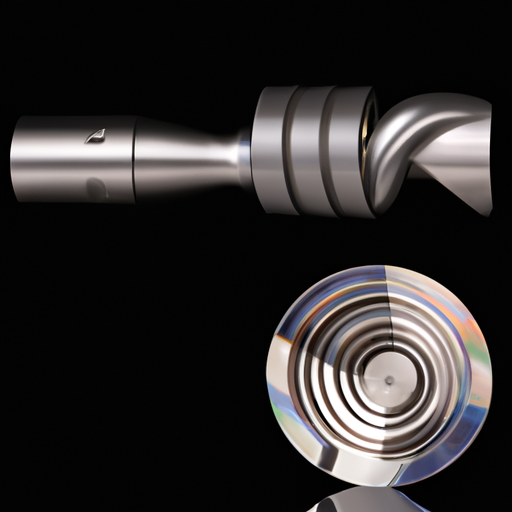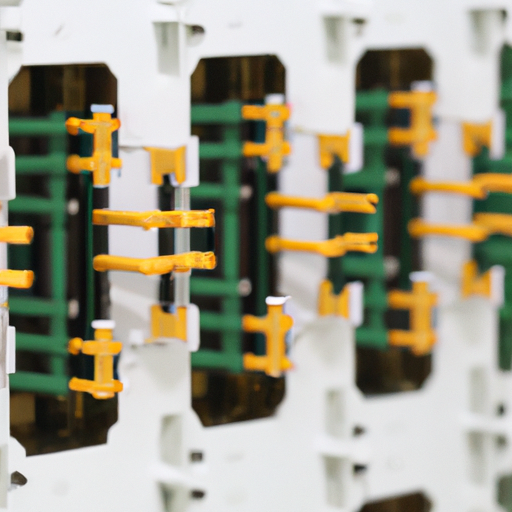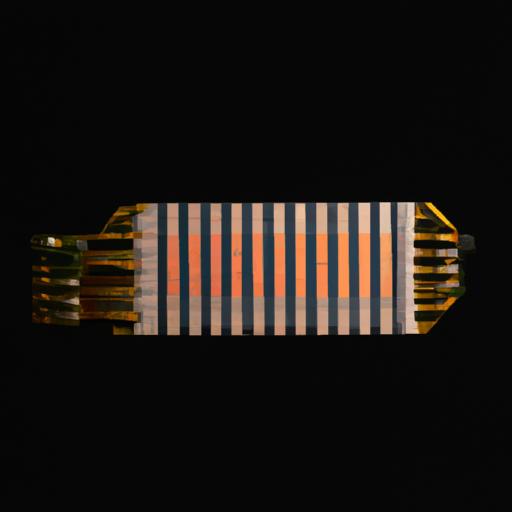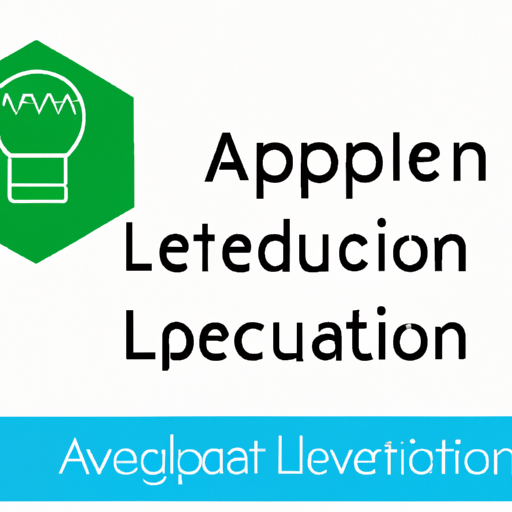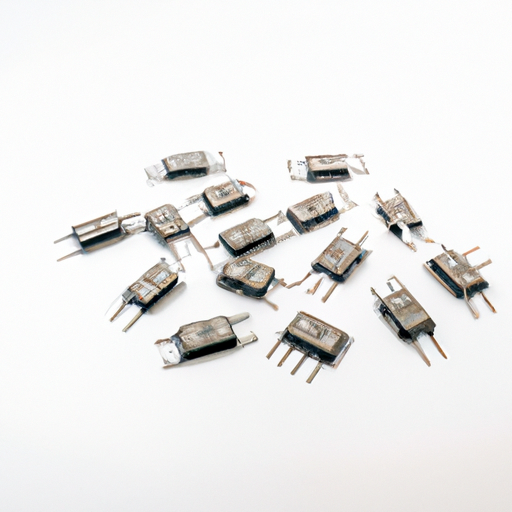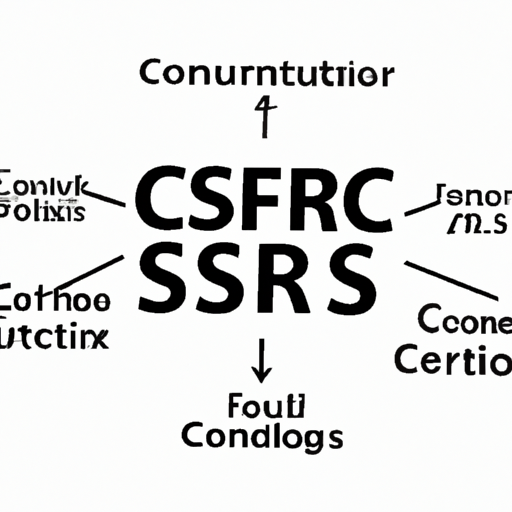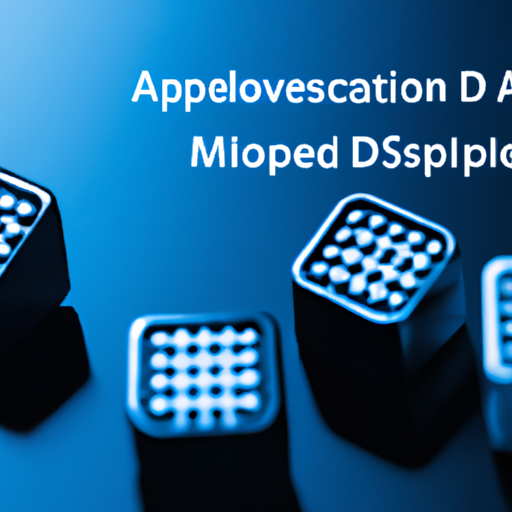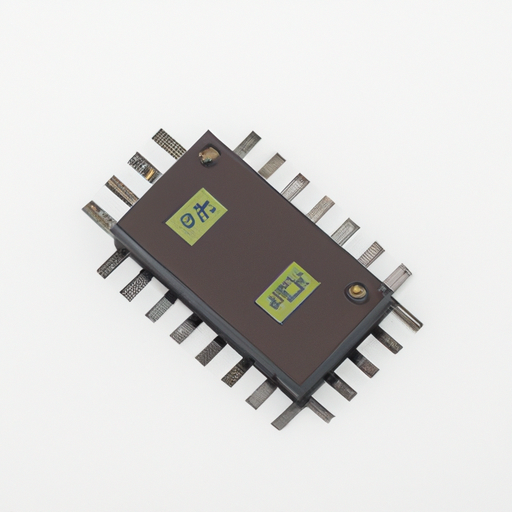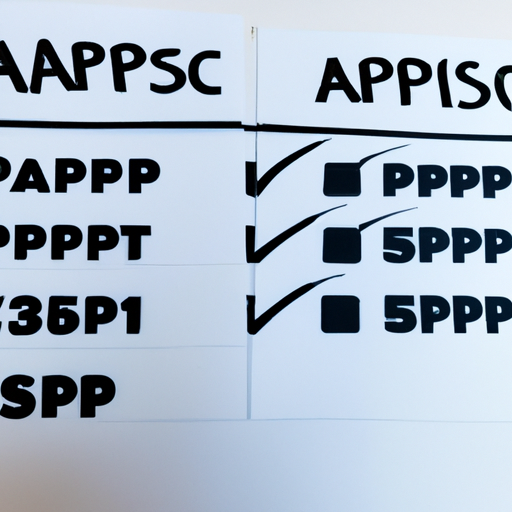
Application Development in TRIACs for CFR-25JB-52-110R: Key Technologies and Success StoriesDeveloping applications for TRIACs, particularly with a specific component like the CFR-25JB-52-110R, requires a deep understanding of TRIAC technology and the specific needs of the application. Below is an overview of key technologies and notable success stories related to TRIAC applications.
Key Technologies in TRIAC Application Development1. Power Control: TRIACs are essential for controlling AC power, allowing for rapid switching. This capability makes them ideal for applications such as light dimmers, motor speed controls, and heating elements. 2. Phase Control: TRIACs are commonly used in phase control applications, where the power delivered to a load is adjusted by controlling the phase angle of the AC waveform. This is particularly prevalent in light dimmers and fan speed controllers.
3. Zero-Cross Detection: This technology is vital for minimizing electromagnetic interference (EMI) and enhancing the efficiency of TRIAC circuits. By activating the TRIAC at the zero-crossing point of the AC waveform, voltage spikes are reduced, leading to smoother operation.
4. Microcontroller Integration: Modern TRIAC applications often incorporate microcontrollers for precise control. This integration allows for advanced features such as remote control, automation, and real-time feedback mechanisms.
5. Thermal Management: Effective heat dissipation is crucial in TRIAC applications, especially in high-power scenarios. Utilizing heat sinks and other thermal management techniques ensures reliability and longevity of the TRIACs.
6. Snubber Circuits: To protect TRIACs from voltage spikes and transients, snubber circuits are frequently employed. These circuits help manage inductive loads and ensure stable operation, enhancing the durability of the TRIACs.
Success Stories1. Lighting Control Systems: A prominent success story involves a smart home lighting system that utilizes TRIACs for dimming capabilities. By allowing users to control brightness via a mobile app, the integration of TRIACs enabled smooth dimming and significant energy savings.
2. Motor Speed Control: In industrial settings, TRIACs have been effectively used in motor speed controllers. A conveyor system manufacturer implemented TRIAC-based controllers to adjust motor speeds based on load conditions, resulting in improved efficiency and reduced mechanical wear.
3. Heating Applications: TRIACs are widely used in electric heating systems. A manufacturer of electric heaters successfully integrated TRIACs with temperature sensors and microcontrollers for precise temperature control, leading to enhanced energy efficiency and user comfort.
4. Home Appliances: TRIACs are also utilized in various home appliances, such as coffee makers and toasters, where they control heating elements. A kitchen appliance company redesigned its product line to incorporate TRIAC-based controls, resulting in improved performance and increased customer satisfaction.
5. HVAC Systems: In heating, ventilation, and air conditioning (HVAC) systems, TRIACs are employed for fan speed control and valve operation. A company specializing in HVAC solutions implemented TRIACs to enhance the energy efficiency of their systems, yielding significant cost savings for end-users.
ConclusionThe application of TRIACs, such as the CFR-25JB-52-110R, spans a wide range of industries and technologies. By leveraging advancements in microcontroller integration, phase control, and thermal management, developers can create efficient and reliable systems. The success stories illustrate the versatility of TRIACs in enhancing performance and energy efficiency across various applications. As technology continues to evolve, the potential for TRIAC applications is likely to expand, paving the way for even more innovative solutions.

ECS-F1VE685K Zener Diode Arrays: Core Functional Technologies and Application Development CasesZener diode arrays, such as the ECS-F1VE685K, play a crucial role in modern electronics, providing essential functions like voltage regulation, overvoltage protection, and signal conditioning. Below, we delve into the core functional technologies and application development cases that showcase the effectiveness of Zener diode arrays.
Core Functional Technologies1. Voltage Regulation2. Overvoltage Protection3. Clamping Circuits4. Temperature Stability5. Low Noise Performance1. Power Supply Design2. Transient Voltage Suppression3. Signal Conditioning in Communication Systems4. LED Driver Circuits5. Battery Management Systems6. Consumer Electronics Application Development Cases ConclusionThe ECS-F1VE685K Zener diode array exemplifies the versatility and effectiveness of Zener diodes in contemporary electronic applications. By leveraging their capabilities in voltage regulation, overvoltage protection, and signal conditioning, engineers can design robust and reliable circuits across various industries. As technology continues to advance, the role of Zener diode arrays will remain critical in ensuring the performance and longevity of electronic devices, making them indispensable components in modern electronics.
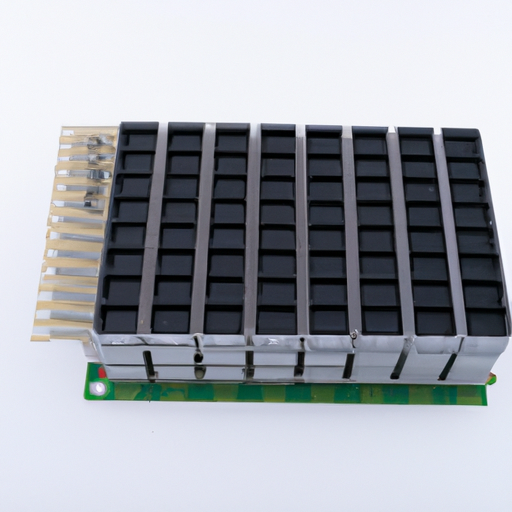
Overview of CFR-50JB-52-10K IGBT ArraysThe CFR-50JB-52-10K IGBT Array represents a significant advancement in power electronics, specifically designed to meet the demands of high-efficiency applications. As an Insulated Gate Bipolar Transistor (IGBT) array, it combines the benefits of both MOSFETs and bipolar transistors, making it ideal for applications that require fast switching and high power handling capabilities.
Core Functional Technologies of IGBT Arrays1. High Efficiency and Low Switching Losses2. Thermal Management3. Integrated Protection Features4. Modular Design5. Gate Drive Optimization1. Renewable Energy Inverters2. Electric Vehicle (EV) Drives3. Industrial Motor Drives4. Power Supplies5. HVAC Systems Application Development Cases ConclusionThe CFR-50JB-52-10K IGBT Array exemplifies the latest advancements in IGBT technology, offering high efficiency, integrated protection features, and a modular design suitable for a wide range of applications. Its versatility makes it an ideal choice for renewable energy systems, electric vehicles, industrial motor drives, power supplies, and HVAC systems. As the demand for efficient and reliable power electronics continues to rise, IGBT arrays like the CFR-50JB-52-10K will play a pivotal role in driving sustainable energy solutions and enhancing the performance of modern electronic systems.

Application Development in Programmable Unijunction for MM74HC244N: Key Technologies and Success StoriesThe MM74HC244N is a high-speed CMOS octal buffer/driver with 3-state outputs, widely utilized in digital circuits for signal buffering and driving applications. When integrated with Programmable Unijunction Transistors (PUTs), it opens up a range of innovative applications. Below, we explore key technologies and success stories that highlight the synergy between these components.
Key Technologies1. Signal Buffering and Level Shifting2. 3-State Logic3. Programmable Logic Controllers (PLCs)4. Timing Circuits5. Microcontroller Interfacing6. Analog to Digital Conversion1. Consumer Electronics2. Industrial Automation3. Robotics4. Automotive Applications5. Educational Projects Success Stories ConclusionThe MM74HC244N, in conjunction with Programmable Unijunction Transistors, offers a diverse array of applications across multiple industries. Its capabilities in buffering and driving signals effectively make it a vital component in modern electronic designs. Success stories in consumer electronics, industrial automation, robotics, and automotive applications underscore its versatility and reliability. As technology continues to advance, the MM74HC244N is poised to remain a cornerstone in digital circuit design, facilitating innovation and efficiency in various applications.
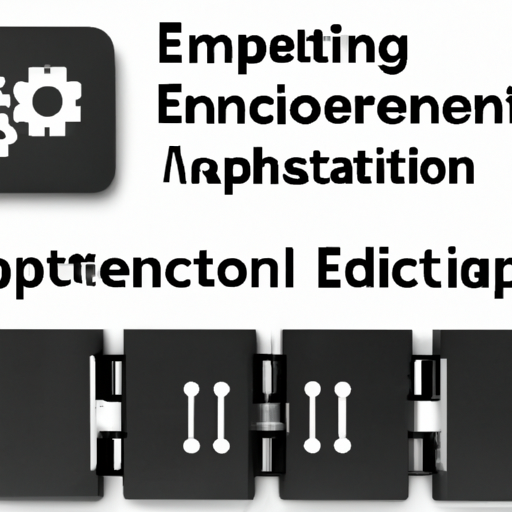
Application Development in JFETs for ECQ-P1H153GZ: Key Technologies and Success StoriesThe ECQ-P1H153GZ is a film capacitor manufactured by Panasonic, and while it is not a JFET (Junction Field Effect Transistor), it plays a significant role in applications that utilize JFETs and other electronic components. Below, we explore key technologies in JFET applications, success stories, and the role of capacitors like the ECQ-P1H153GZ in enhancing these applications.
Key Technologies in JFET Applications1. Analog Signal Processing2. Low-Noise Amplifiers (LNAs)3. Switching Applications4. Voltage-Controlled Resistors5. Integrated Circuits1. Telecommunications2. Medical Devices3. Consumer Electronics4. Industrial Automation Success Stories Role of ECQ-P1H153GZ CapacitorsWhile the ECQ-P1H153GZ is not a JFET, it complements JFET applications in several ways: - Decoupling and Bypass Capacitors: In JFET circuits, capacitors like the ECQ-P1H153GZ can be used for decoupling power supply lines, ensuring stable operation by filtering out noise and voltage spikes, which is crucial for maintaining signal integrity.
- Timing Circuits: In applications where JFETs are used in timing circuits, film capacitors can help set time constants and improve circuit stability, ensuring accurate timing and performance.
- Signal Coupling: Capacitors can be used to couple AC signals between amplification stages, allowing JFETs to amplify signals without affecting the DC biasing conditions, thus preserving signal quality.
ConclusionThe integration of JFETs and high-quality capacitors like the ECQ-P1H153GZ can lead to the development of robust and efficient electronic systems across various industries. By leveraging the unique properties of JFETs and the reliability of film capacitors, engineers can create innovative solutions that meet the demands of modern technology. This synergy not only enhances performance but also contributes to the advancement of applications in telecommunications, medical devices, consumer electronics, and industrial automation.
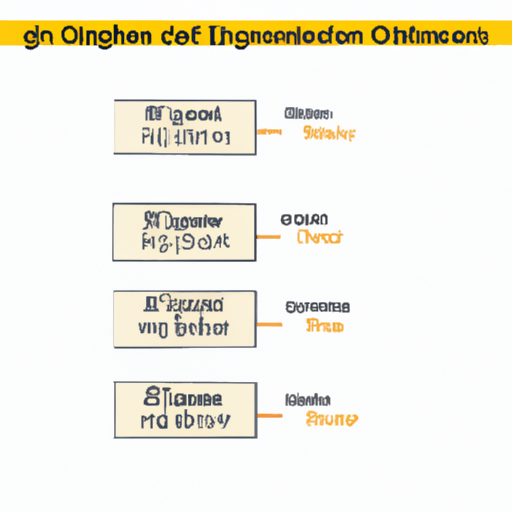
Overview of ECQ-P1H333GZ Single Zener DiodesThe ECQ-P1H333GZ is a specific model of a single Zener diode, a semiconductor device that allows current to flow in the reverse direction when a specific voltage, known as the Zener voltage, is reached. Zener diodes are widely utilized in various applications, including voltage regulation, protection circuits, and signal clipping, making them essential components in modern electronic design.
Core Functional Technology1. Voltage Regulation 2. Reverse Breakdown 3. Temperature Stability 4. Low Noise 5. Fast Response Time 1. Power Supply Circuits2. Voltage Reference3. Transient Voltage Suppression4. Signal Clipping5. LED Protection Application Development Cases ConclusionThe ECQ-P1H333GZ single Zener diode is a versatile and essential component in various electronic applications. Its capabilities in providing stable voltage regulation, protecting against transients, and serving as a reliable voltage reference make it indispensable in modern electronic design. By understanding its core functionalities and application cases, engineers can effectively integrate Zener diodes into their projects, ensuring enhanced reliability and performance across a wide range of applications.

Application Development in Diode Arrays for 2474-26L: Key Technologies and Success StoriesDiode arrays, particularly the 2474-26L model, have become essential components across various industries, including telecommunications, medical devices, and industrial automation. This overview highlights the key technologies that underpin their functionality and showcases notable success stories that illustrate their impact.
Key Technologies1. High-Speed Switching 2. Thermal Management 3. Integration with Microcontrollers 4. Signal Processing 5. Compact Design 6. Robustness and Reliability 1. Telecommunications Infrastructure 2. Medical Imaging Devices 3. Industrial Automation 4. Consumer Electronics 5. Renewable Energy Systems 6. Automotive Applications Success Stories ConclusionThe development and application of diode arrays like the 2474-26L have profoundly influenced multiple industries by enhancing performance, reliability, and efficiency. As technology continues to advance, the potential for diode arrays in emerging applications remains vast, promising further innovations and success stories in the future. The ongoing evolution of these technologies will likely lead to new breakthroughs, solidifying the role of diode arrays in shaping the future of electronics and automation.
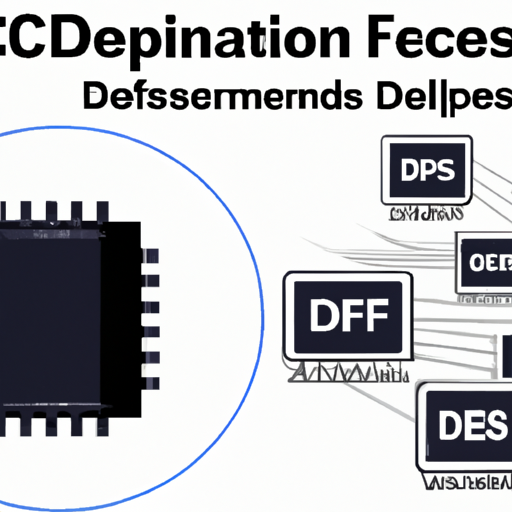
Application Development in RF Diodes for CFR-25JB-52-100K: Key Technologies and Success StoriesThe development of RF diodes, particularly the CFR-25JB-52-100K, is pivotal in enhancing performance across various applications, including telecommunications, broadcasting, radar systems, and more. Below, we delve into the key technologies that underpin these advancements and highlight notable success stories that illustrate their impact.
Key Technologies1. High-Frequency Operation2. Low Noise Figure (NF)3. Power Handling4. Tuning and Matching Networks5. Integration with Other Components6. Advanced Materials7. Simulation and Modeling1. Telecommunications2. Broadcasting3. Radar Systems4. Medical Applications5. Consumer Electronics Success Stories ConclusionThe development of RF diodes, such as the CFR-25JB-52-100K, is driven by continuous advancements in materials, design methodologies, and integration techniques. The successful application of these technologies across diverse industries underscores the critical role of RF diodes in modern electronic systems. As technology progresses, further innovations in RF diode applications are anticipated, paving the way for even more efficient and capable systems in the future.
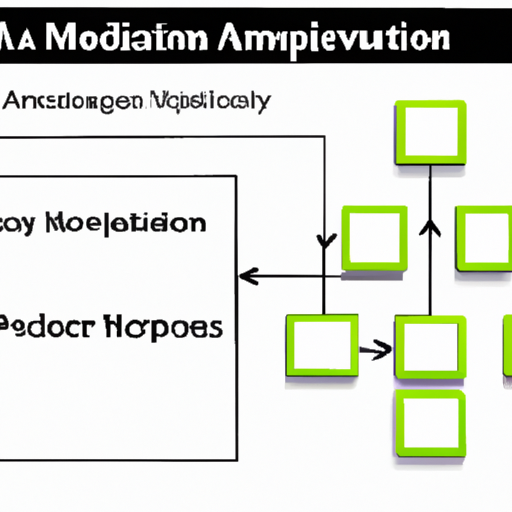
Application Development in Variable Capacitance (Varicaps, Varactors) for MM74HC245AN: Key Technologies and Success StoriesVariable capacitance diodes, commonly known as varicaps or varactors, are semiconductor devices that utilize the voltage-dependent capacitance of a reverse-biased p-n junction. They are widely used in various applications, particularly in tuning circuits, frequency modulation, and RF applications. The MM74HC245AN is an octal bus transceiver that operates at high speeds and is often used in digital circuits. While the MM74HC245AN itself does not directly relate to varicaps, it can be part of a broader system where varicaps are utilized.
Key Technologies in Varicap Applications1. Tuning Circuits 2. Phase-Locked Loops (PLLs) 3. Voltage-Controlled Oscillators (VCOs) 4. Filters 5. RF Amplifiers 1. Television Tuning 2. Mobile Communication 3. Software-Defined Radio (SDR) 4. Automotive Applications 5. Consumer Electronics Success Stories Integration with MM74HC245ANWhile the MM74HC245AN is primarily a digital device, it can be integrated into systems that utilize varicaps for analog signal processing. For example: Data Communication: Data Communication: Control Circuits: Control Circuits: ConclusionThe integration of varicaps in various applications showcases their versatility and importance in modern electronics. While the MM74HC245AN serves a different function, its role in digital communication can complement the analog capabilities provided by varicaps in a comprehensive system. The combination of these technologies can lead to innovative solutions in telecommunications, consumer electronics, and beyond, paving the way for advancements in both digital and analog signal processing.




